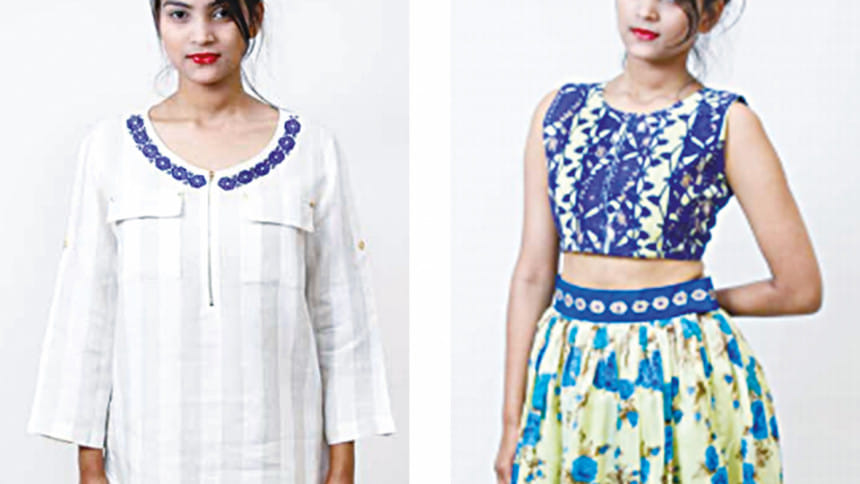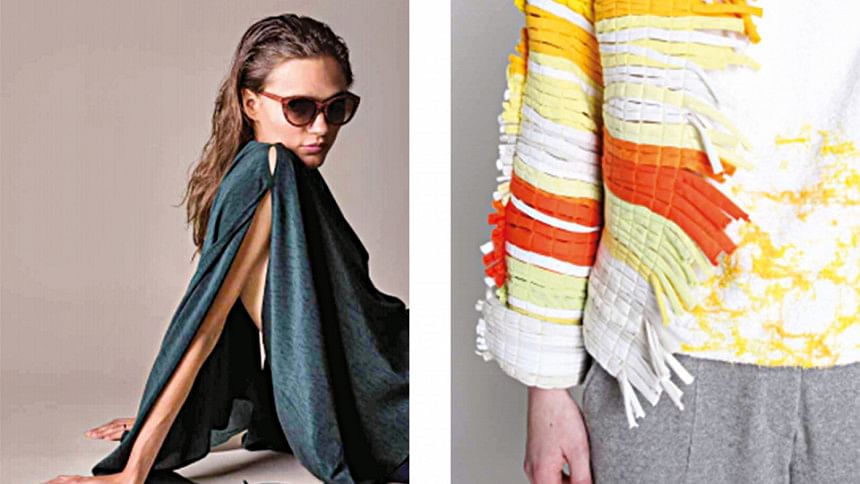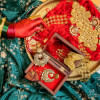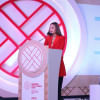Sustainable fashion

Eco but desirable — a global agenda for Planet Fashion means looking good with a clear conscience. Essentially an awakening for the fashion industry at large, eco-friendly, ethical and sustainable clothing are slowly surging into the market, with zero compromises when it comes to beauty and appeal. The most recent championship of the practice was a local fashion design exhibition titled 'Local International.'
'Local International' is the product of an international cultural exchange program between Bangladesh and Germany, initiated by Goethe-Institut Bangladesh, Weissensee School of Art and Design Berlin, Berlin University of the Arts, and is in cooperation with BGMEA University of Fashion and Technology.
Via an itinerary of workshops, visits to Berlin Fashion Week and sustainable fashion production sites such as those of Beximco's, a textile giant, and meetings with NGOs and representatives of the Bangladeshi and German textile industries, a singular focus persists; sustainability and fair trade methods. The purpose here is to inspire fashion designers and students to come up with individualistic and creative concepts and collections, keeping sustainability in mind. The project is led by Prof Heike Selmer of the Weissensee School of Art and Design Berlin and Prof Valeska Schmidt-Thomsen, Berlin University of the Arts, the benefits of which are a two-way street.
"Bangladesh is the most important fashion country in the world, with many production lines outsourced there. But many of our designers and students only know this by hearsay. On the other hand, Bangladeshi designers often find themselves making clothes for western labels without much exposure to foreign markets. Their references are pages on the internet, but to make winter clothes for German customers, you need to experience winter in Germany," discusses Prof Heike.
"Through Local International, designers and fashion students of Germany and Bangladesh are enriched as they are invited to visit industrial operations and design studios in both countries to get an insight into the product and the market to realise what really makes companies in this industry tick. This first-hand experience is, therefore, very different from finding out about them via webpages," she continues.
And the fashion exhibition was what unfolded.
One of the exhibits on show was 'Heartfelt Stitches' by MD Iftekher Rahman that upcycled the already-recycled timeless nakshi kanthas to make wraps, coats and capes in simple cuts and oversized patterns. MD Shamsad Hasnine, with 'Heal the World,' reusing tires, bicycle accessories and jute to make unisex sandals, and Rayed Barkat's 'Back to the Roots' introducing its audience to versatile articles of clothing made from jute, were just some of the displays to look out for.
Moreover, Natasha Von Hirschhausen's 'The Essence and Desire Story' by MD Al-Amin Mithu took inspirations from visits to 'Living Blue: Best of Bangladesh,' a Rangpur-based community of artisans and quilters practising sustainability.

More to look out for were the exhibits titled 'Lifecycle and Enlightenment of the Given,' where Nusrat Rahman Bidita breathed new life into timeworn jamdani fabrics, and Viktoria Pichler partnered with Milan Friedrich to take apart old t-shirts and re-assemble them to make marbled surfaces. Both to reduce textile waste.
Rafia Akter combined style and function by transforming outerwear like jackets into backpacks using zippers through her collection 'Zip to Transform,' and Artur Davtyan used the predictable apron as an accessory to create new looks and silhouettes in handloom organic denim for his collection titled 'Add On.'
Afsara Ferdousi Wormey used indigo tie-dyed t-shirts to promote charming messages on sustainable fashion and 'Let's Work Together' by Laura Hansen took on the endeavour of making customers more aware of the origin of their clothing and people involved in each step of garment production.
The exhibition, which ran from 23 to 28 April, 2019, at Dhanmondi's Gyantapas Abdur Razzaq Bidyapeeth, saw innovation stitched and dyed into every article of clothing on display. The revolution it stirred advocated sustainability in all its possible forms, and the reception it received will only echo the movement further as there is a lot more we can still do.
Photo: Goethe Institut/Ahadul Karim

 For all latest news, follow The Daily Star's Google News channel.
For all latest news, follow The Daily Star's Google News channel. 








Comments